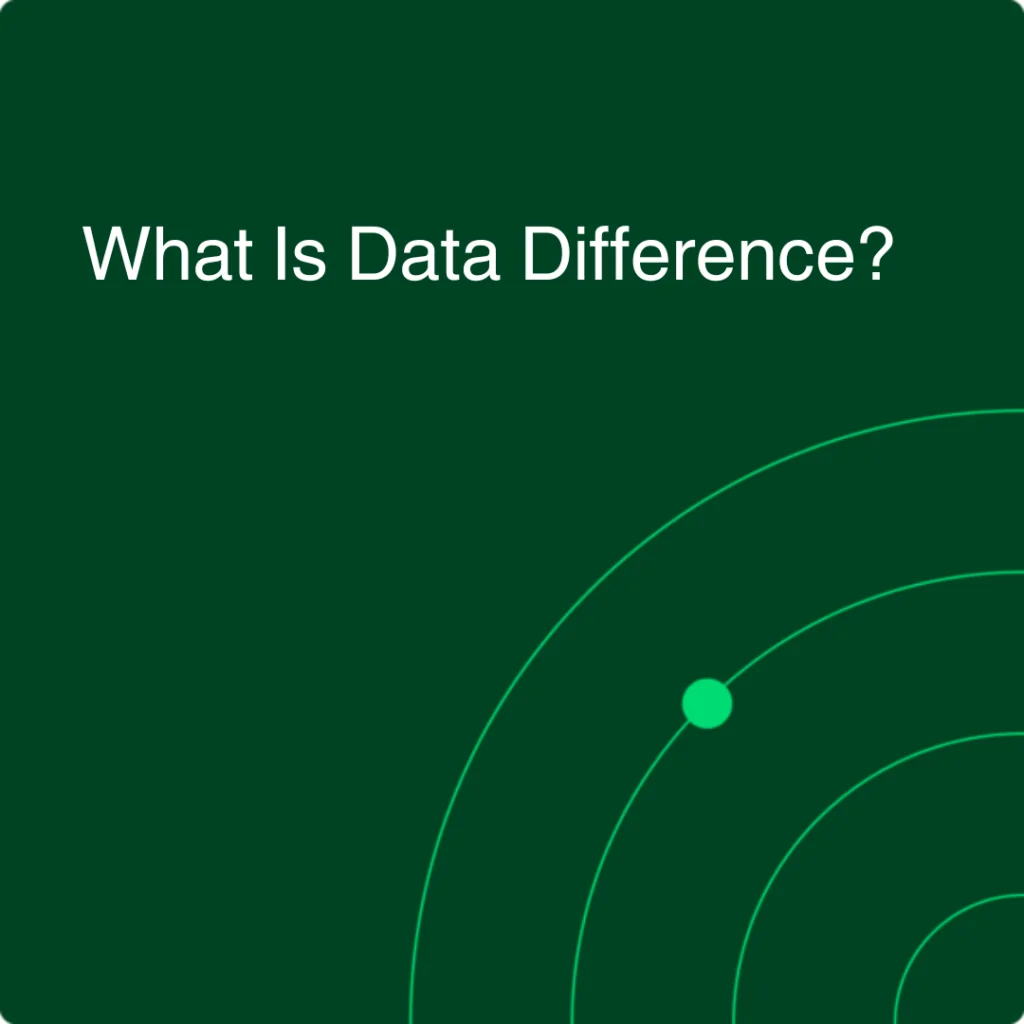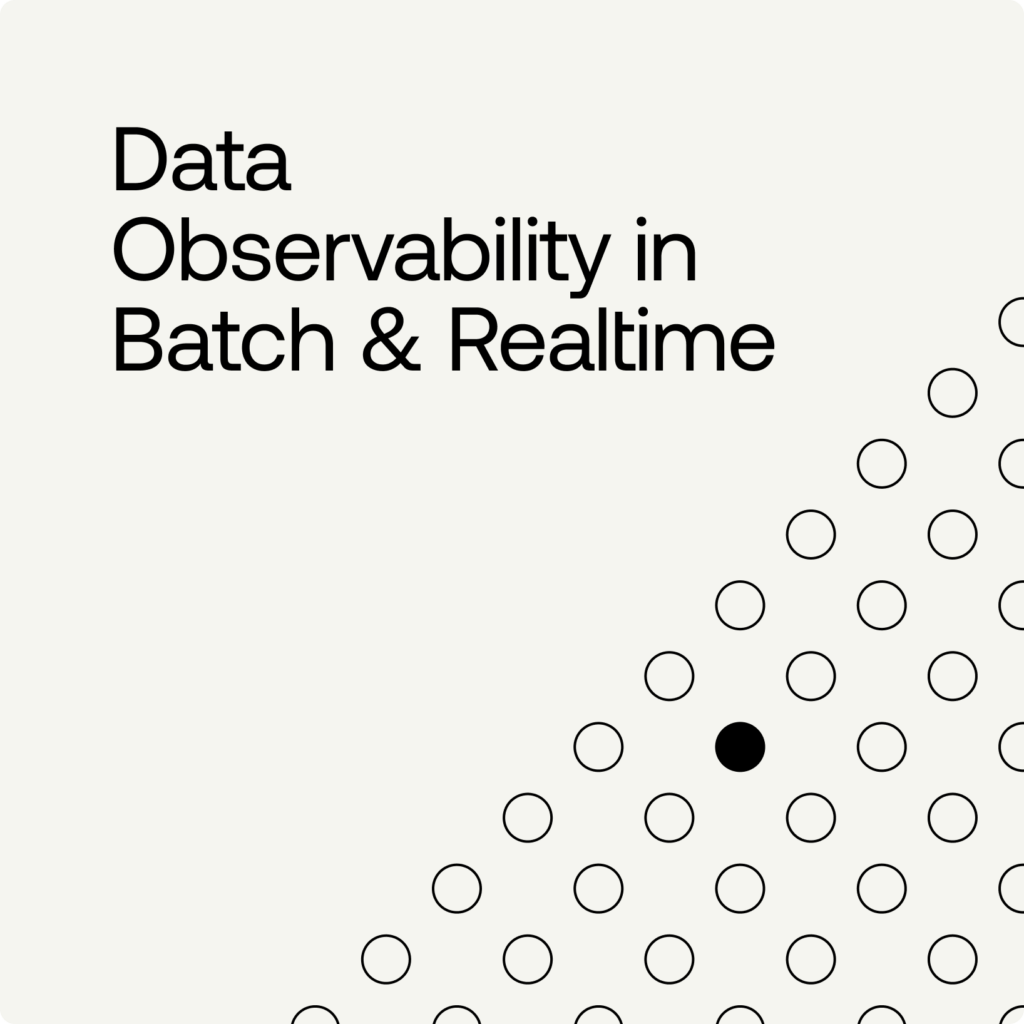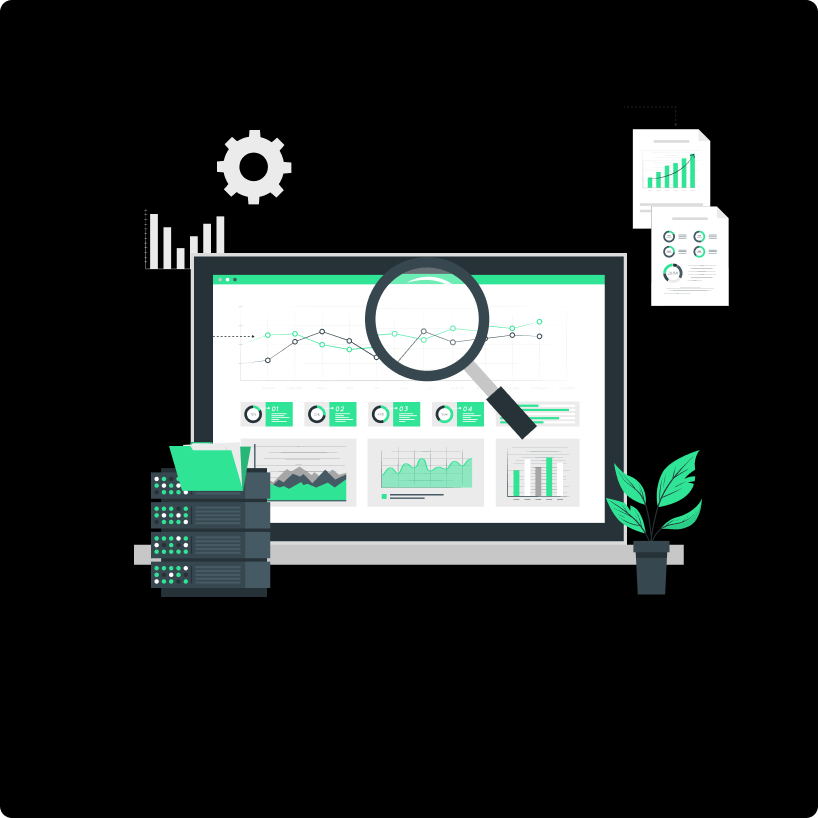Data Observability. What is it?
Explore the concept of Data Observability with Telmai, a revolutionary approach to data management that ensures data quality and completeness. Dive into the three key pillars of Data Observability: Monitoring of Data Quality, Data Lineage, and Data Anomaly Detection, all crucial for making informed business decisions.

June 25, 2022

The data management landscape has dramatically changed over the last decade with the evolution and massive adoption of BigData, ML/AI, ever-increasing number of data sources, and volumes. Ensuring high quality and completeness of data is critical for driving valuable business decisions for enterprises. Yet statistics show that 87% of machine learning projects don’t make it into production and data engineers spend 80% of their time cleaning the data.
Around 5-8 years ago, enterprises had started seeing similar patterns around cloud infrastructure. Organizations were investing heavily in cloud architecture with low returns on their investments. There was a lack of monitoring and minimal predictability about the anomalies and service failures. This need gave birth to the evolution of Cloud Infrastructure Observability.
Running SaaS operations at an ever-growing scale and the need for efficiency and reliability put the focus on observability products, and today, there are several major players in this space like Splunk, DataDog, NewRelic, Dynatrace. I have noticed various interpretations of what Observability is, but recently it has converged into three key concept pillars. In the world of Cloud Infrastructure Observability, these pillars are metrics, traces, and logs and they try to answer the following questions:
- Do I have a problem, how bad is it?
- Where is my problem and what is the impact?
- What went wrong?
Initially, the first pillar was addressed by metrics monitoring tools, the second one by tracing, and the third one by logs. The observability area is very dynamic and experiencing explosive growth, so we see many new tools emerging and addressing the needs of each pillar.
However, data problems are hidden from these tools and even when all the metrics, traces, and logs look normal for a data pipeline, it still can produce garbage data. It is a significant problem for the businesses, which leads not only to constant escalation mode and burnout of data engineers who are troubleshooting discrepancies in the reports but also hurts business big time.
Hence a similar concept of observability has now emerged in data management for data quality use cases. More and more companies realize they need to focus on addressing the data issues or what is sometimes referred to as “data downtime.” It is not surprising to see the growing interest in Data Observability.
Just like Cloud Observability, Data Observability Suites are trying to get answers to the same three questions. However, there is no established consensus on the naming. Let me offer my take on the Data Observability pillars:
- Monitoring of the Data Quality detects a variety of problems or anomalies in the data. There are numerous things which could go wrong, but we can break it down into three high-level categories: missing/incomplete data, incorrect data, and stale data
- Data Lineage helps understand the impact and source of a data anomaly. You need to know how various sources of data relate to each other and how they contribute to downstream systems and reports
- Data Troubleshooting helps to find the root cause of an issue. In the App Observability, it is the Logs. In the case of Data, Observability logs are of minimal help since the pipeline or an application are still operating as expected, but they are processing the wrong data and ultimately causing wrong decision making
Given the complexity of the domain, I anticipate a wide range of tools being introduced for each pillar, far greater than what we saw for Cloud Observability.
So what is Data Observability in the end? In short, it is a new discipline, which is trying to fill the gaps where traditional data management systems like data quality, data profiling, lineage are falling short to help data engineers achieve operational excellence and deliver business results.
#dataquality #dataobservability #dataops
- On this page
See what’s possible with Telmai
Request a demo to see the full power of Telmai’s data observability tool for yourself.
Articles
See all articles
Data Difference: What Is It And Why Do You Need It?
Mar 08, 2024
Data Observability in Batch and Realtime
Jun 25, 2023
